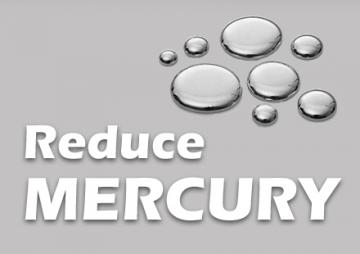

School laboratories often have a number of mercury thermometers and measuring devices. Labs may also have supplies of old elemental mercury and inorganic mercury compounds, such as mercuric chloride (white), mercuric nitrate (white) and mercuric oxide (yellow or red). School labs are strongly encouraged to stop using all forms of mercury in the classroom and to find substitutes to demonstrate the same chemistry principles. If mercury is used in laboratories, a mercury spill kit should be readily available, and staff should be trained in how to respond to a spill.
Classrooms and school buildings may also have mercury-containing thermostats, thermometers, barometers and wall switches. The bright lights used in gymnasiums and parking lots are often high intensity discharge, or HID, lamps that contain mercury. Even fluorescent and neon lamps have mercury and should be recycled rather than disposed.
Finally, the nurse's office may have the most elemental mercury in the school contained in thermometers and blood pressure measurement devices.
More Information
For information on eliminating mercury in schools, the following resources are useful:
- Mercury Audit Checklist - Assessment for Mercury Free Zone Schools
- Household Hazardous Waste (including Light Bulbs)
- Mercury In Schools and Communities
- Don't Mess with Mercury - A mercury spill prevention initiative for schools - Agency for Toxic Substances and Disease Registry (ATSDR)
